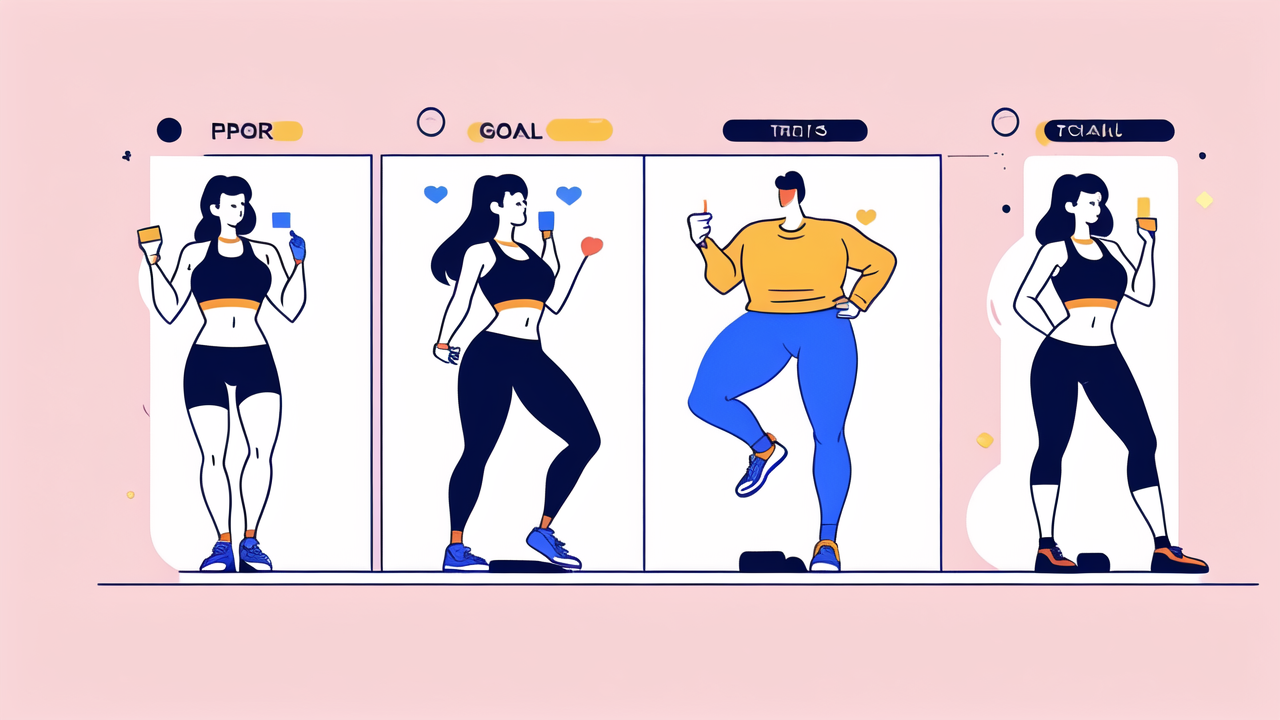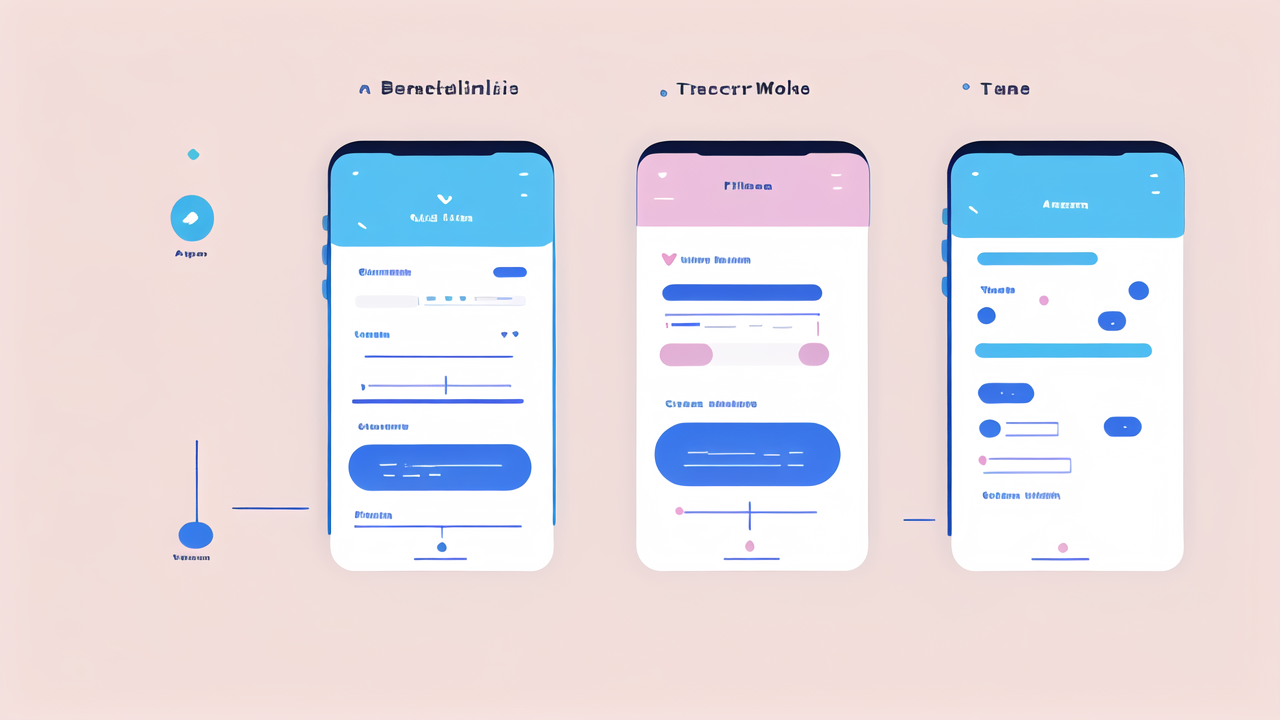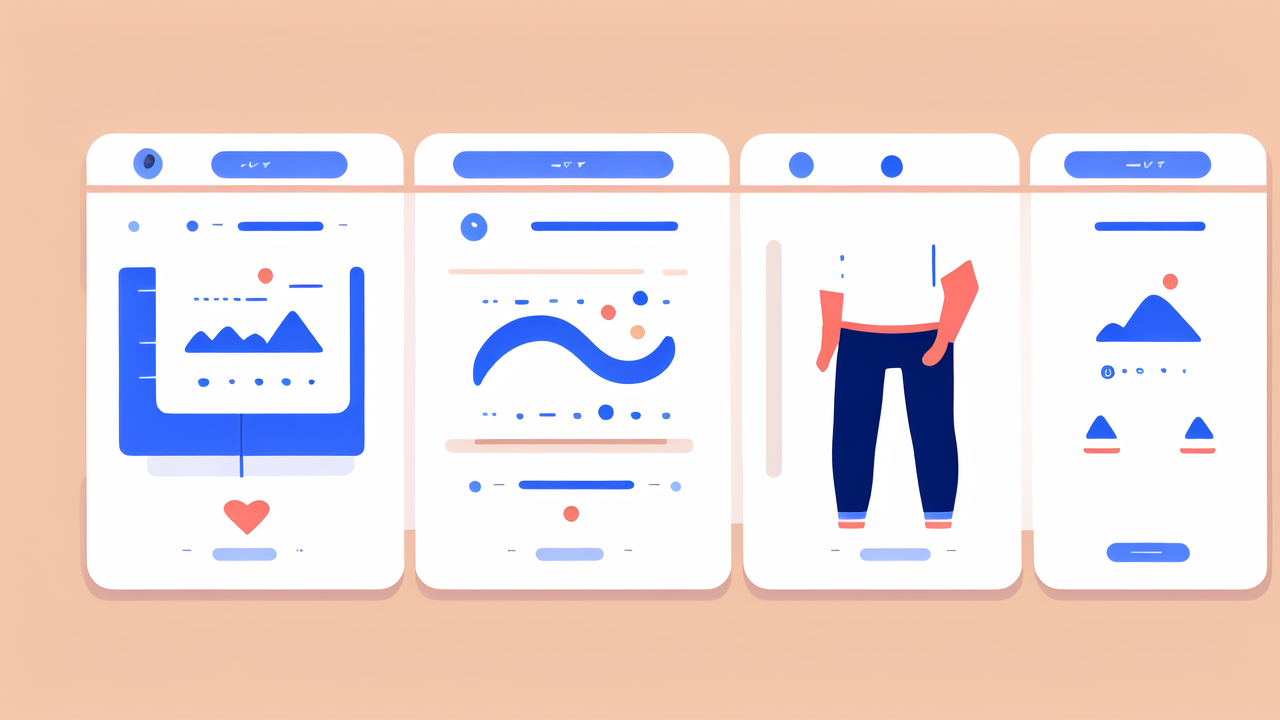Understanding the Role of Body Measurement Trackers in Fitness
The Importance of Tracking Body Measurements
Tracking body measurements is crucial for anyone serious about fitness. It helps you see progress and stay motivated. These trackers can measure things like weight, body fat, and muscle mass. They give you a clear picture of your body's changes over time.

Many people focus only on the scale. But weight alone doesn't tell the whole story. Body measurement trackers offer a more complete view. They show how your body composition is changing. This is important because muscle weighs more than fat.
With these trackers, you can set realistic goals. You can also adjust your workout and diet plans as needed. They help you understand how your body responds to different exercises and foods. This knowledge is power in your fitness journey.
How Body Measurement Trackers Can Motivate You
Body measurement trackers are great motivators. They show you small changes that you might not notice in the mirror. Seeing progress, even if it's small, can be very encouraging. It can push you to keep going when things get tough.
These trackers also help you celebrate non-scale victories. Maybe your weight hasn't changed, but you've lost inches off your waist. Or maybe you've gained muscle mass. These are important wins that a regular scale won't show you.
Many trackers have apps that let you set goals and track your progress over time. Some even have social features. You can share your progress with friends or join online communities. This can add a fun, competitive element to your fitness journey.
Selecting the Right Body Measurement Tracker for Your Needs
Factors to Consider When Choosing a Tracker
When choosing a body measurement tracker, there are several things to consider. First, think about what measurements are most important to you. Some trackers focus on weight and body fat, while others track more detailed metrics.

- Accuracy: Look for trackers with good reviews for accuracy.
- Ease of use: Choose a tracker that's easy to set up and use regularly.
- App integration: Many trackers come with apps. Make sure it's compatible with your phone.
- Price: Trackers range from basic models to high-end options. Set a budget.
- Additional features: Some trackers offer extras like workout suggestions or meal planning.
Consider how often you'll use the tracker. If you plan to use it daily, invest in a durable, high-quality model. If you'll use it less often, a simpler model might suffice. Think about where you'll store it too. Some trackers are more portable than others.
Comparing Top-Rated Body Measurement Trackers
There are many great body measurement trackers on the market. Here's a quick look at some top-rated options:
- Fitbit Aria 2: Known for its sleek design and WiFi connectivity.
- Withings Body+: Offers detailed body composition analysis.
- Renpho Bluetooth Body Fat Scale: A budget-friendly option with a user-friendly app.
- Garmin Index S2: Great for athletes, syncs with Garmin watches.
- QardioBase 2: Features a unique pregnancy mode for expectant mothers.
When comparing trackers, look at the specific measurements each one offers. Some focus on basic metrics like weight and BMI. Others provide more detailed data like muscle mass and bone density. Choose one that aligns with your fitness goals.
Read user reviews to get real-world insights. Pay attention to comments about accuracy and durability. Also, check if the tracker integrates with any fitness apps you already use. This can make tracking your progress much easier.
Advanced Techniques and Strategies for Using Body Measurement Trackers
Integrating Trackers with Training Programs
To get the most out of your body measurement tracker, integrate it with your training program. Use the data to guide your workouts and nutrition plans. Here are some tips:

- Set specific, measurable goals based on your tracker's metrics.
- Use tracker data to adjust your calorie intake for weight loss or muscle gain.
- Monitor how different types of workouts affect your body composition.
- Track changes in muscle mass to ensure you're not losing muscle while cutting weight.
- Use body fat percentage trends to fine-tune your diet and exercise routine.
Many trackers sync with fitness apps. These apps often offer workout plans and nutrition advice. They use your tracker data to personalize recommendations. This can help you create a more effective fitness program.
Remember to track measurements at consistent times. Body composition can fluctuate throughout the day. Try measuring first thing in the morning for the most consistent results.
Analyzing and Interpreting Data for Improved Results
Understanding your tracker's data is key to improving your fitness. Here's how to make sense of the numbers:
- Look for trends over time, not day-to-day fluctuations.
- Compare your data to healthy ranges for your age and gender.
- Pay attention to ratios, like muscle-to-fat ratio, not just individual numbers.
- Use the data to identify what's working and what's not in your fitness routine.
- Don't obsess over small changes. Focus on long-term progress.
Many trackers provide graphs and charts to visualize your progress. Use these to spot patterns. For example, you might notice that your body fat percentage drops faster with certain types of exercise.
Remember, everyone's body is different. What works for others might not work for you. Use your tracker data to find what works best for your body. Don't be afraid to experiment with different approaches to diet and exercise.
Lastly, consider sharing your data with a fitness professional. They can help you interpret the numbers and adjust your plan accordingly. With the right approach, your body measurement tracker can be a powerful tool in your fitness journey.




Leave a comment
This site is protected by hCaptcha and the hCaptcha Privacy Policy and Terms of Service apply.